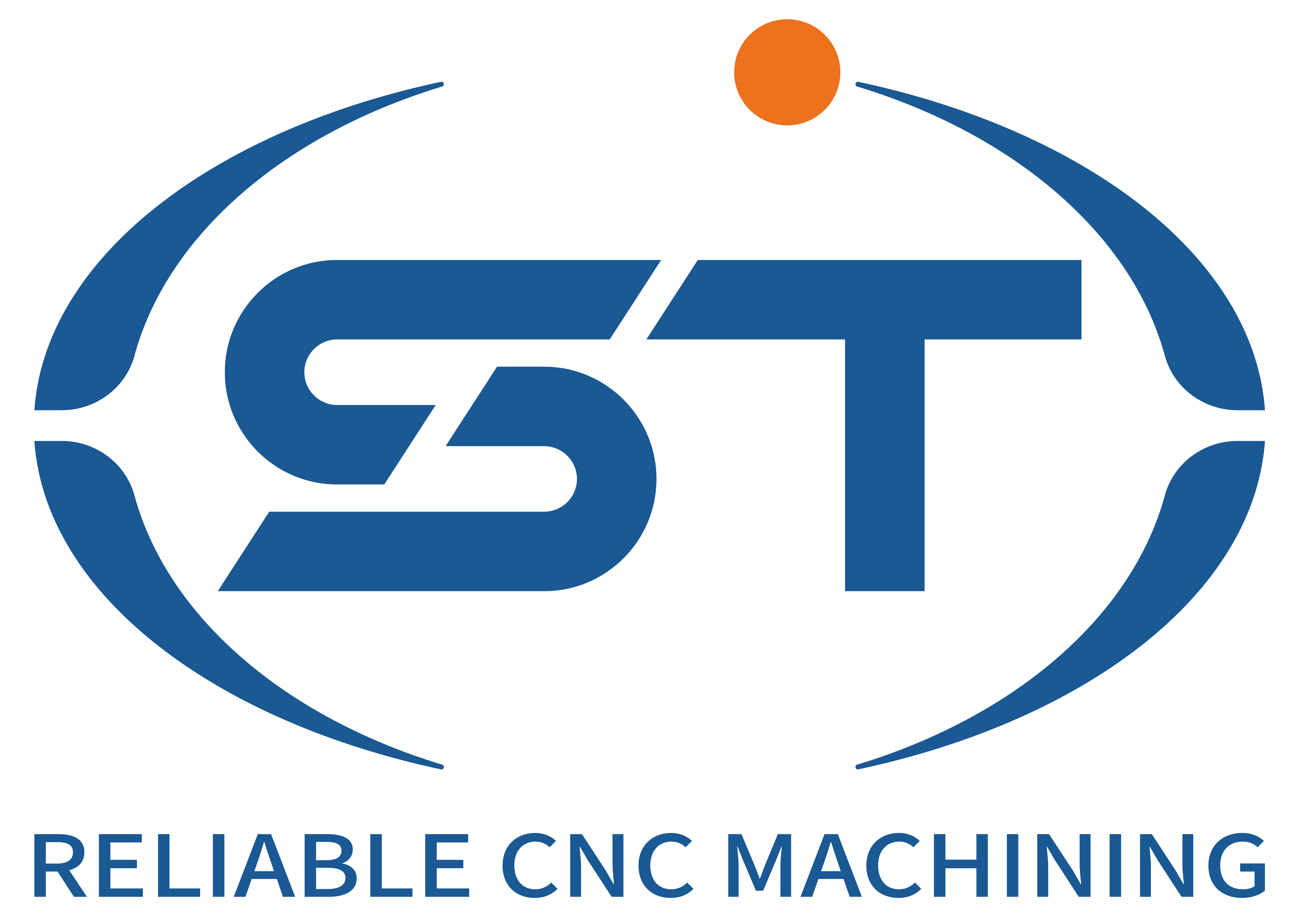Production Volume and Cost Dynamics in CNC-bewerking for Automotive Components
Balancing production volume with cost efficiency is a critical challenge in CNC machining for automotive parts, where demand fluctuations and material complexity directly impact profitability. High-volume manufacturing of components like engine blocks or transmission gears requires different strategies than low-volume production of specialized parts such as prototype sensors or custom brackets. By analyzing how batch sizes influence setup costs, material waste, and machine utilization, manufacturers can optimize production planning to minimize expenses while meeting quality standards. Below are key factors shaping the relationship between production volume and cost in automotive CNC operations.
1. Setup Costs and Economies of Scale in High-Volume Production
- Reduced Per-Unit Setup Expenses: Spreading fixed costs—such as tool calibration, program verification, and initial machine configuration—across larger batches lowers the cost impact per part. For example, programming a 5-axis mill for complex intake manifold machining involves significant upfront time, but amortizing this effort over thousands of units ensures each part absorbs only a fraction of the setup expense.
- Tooling Standardization and Longevity: High-volume runs justify investing in durable, specialized tooling designed for specific operations, such as carbide end mills for aluminum cylinder head machining. These tools maintain precision over extended periods, reducing the frequency of replacements and associated downtime compared to low-volume scenarios where general-purpose tools might suffice temporarily.
- Streamlined Workflow Automation: Automating material loading, part inspection, and deburring processes becomes cost-effective at scale. For instance, integrating robotic arms to transfer freshly machined crankshafts from lathes to cleaning stations minimizes labor costs and human error, which are more manageable in large batches than in small-scale production.
2. Material and Process Optimization for Low-Volume Flexibility
- Adaptive Nesting and Scrap Reduction: Low-volume production of components like electric vehicle battery housings demands efficient use of raw materials to offset higher per-unit costs. Utilizing nesting software that dynamically adjusts part placement on irregularly shaped stock reduces waste, even when processing smaller batches with unique geometries.
- Multi-Tasking Machine Utilization: Combining milling, turning, and drilling operations on a single machine tool—such as a Swiss-type lathe for precision shafts—eliminates the need for multiple setups in low-volume runs. This approach cuts labor hours and reduces the risk of errors during part transfers between stations, which disproportionately affect small batches.
- Rapid Tooling and Prototyping Techniques: For short-run production of components like steering system prototypes, additive manufacturing or soft jaws can create custom fixtures quickly, avoiding the high costs of hard tooling. These methods enable faster iterations and adjustments without the financial risk associated with traditional tooling investments.
3. Machine Utilization and Downtime Management Across Volumes
- Maximizing Spindle Hours in High-Volume Settings: Running CNC machines continuously during peak production periods—such as manufacturing brake discs for a new vehicle launch—ensures optimal utilization of capital-intensive equipment. Idle time between shifts or batches is minimized through staggered operator schedules, reducing the cost per part attributed to machine depreciation.
- Balanced Workload Distribution for Low-Volume Efficiency: In facilities producing a mix of high- and low-volume parts, scheduling less frequent but high-value components—like hybrid engine components—during off-peak hours prevents bottlenecks. This strategy avoids overloading machines dedicated to high-volume parts, which could lead to maintenance delays and quality issues.
- Predictive Maintenance to Sustain Throughput: Regardless of volume, implementing sensor-based monitoring to track spindle vibration, coolant temperature, and tool wear ensures machines operate at peak efficiency. For example, detecting early signs of bearing degradation in a mill processing transmission cases prevents unplanned downtime, which is more costly in low-volume runs due to limited redundancy.
4. Inventory and Supply Chain Considerations for Volume-Driven Costs
- Just-in-Time (JIT) Raw Material Procurement: High-volume producers of components like suspension coils benefit from JIT delivery of metal bars or sheets, reducing storage costs and material obsolescence risks. Conversely, low-volume manufacturers of niche parts may stockpile specialized alloys to avoid supply chain disruptions, accepting higher carrying costs as a trade-off for reliability.
- Subassembly Integration for Batch Consistency: Combining CNC-machined parts with purchased subassemblies—such as integrating machined valve covers with pre-fabricated gaskets—streamlines final assembly for high-volume runs. This approach reduces labor costs and ensures uniform quality, whereas low-volume production might rely more on manual assembly to accommodate customization.
- Scalable Workforce Training Programs: Training operators to handle multiple machine types or processes—such as programming both lathes and mills—provides flexibility in adjusting staffing levels based on volume demands. For example, a facility producing both high-volume axles and low-volume sensor housings can reallocate skilled workers to avoid overstaffing during slow periods.
By aligning production volume strategies with cost drivers like setup efficiency, material usage, and machine optimization, automotive manufacturers can enhance profitability across diverse product lines. Continuous evaluation of batch sizes, investment in adaptable technologies, and workforce agility further refine this balance, ensuring competitiveness in an industry marked by evolving demand patterns and technological advancements.




